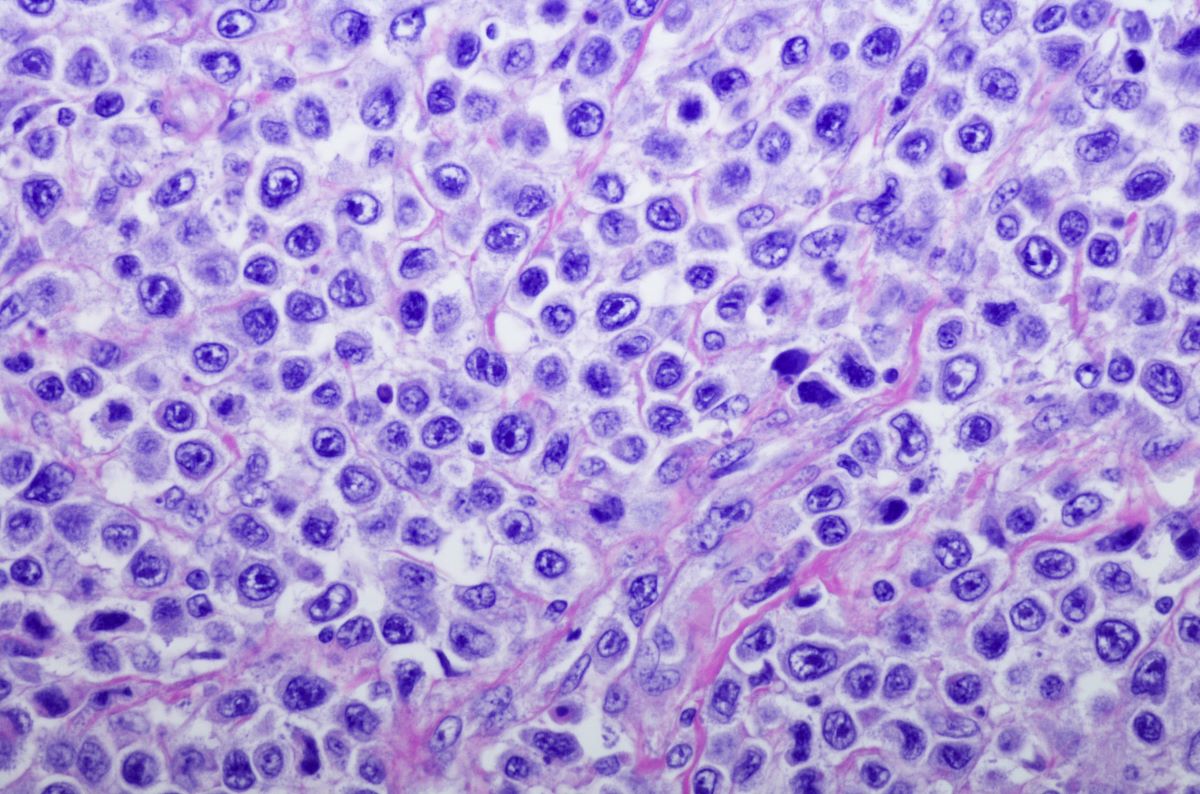
Patients with myeloproliferative neoplasms (MPNs) such as polycythemia vera, essential thrombocythemia, and myelofibrosis face a high economic burden, according to a study presented at the Eleventh Annual Meeting of the Society of Hematologic Oncology.
Researchers conducted the study to measure short-term and long-term disability work loss in patients with MPNs, as well as direct and indirect costs for employees with MPNs.
The retrospective cohort study used the MarketScan administration claims databases to identify 10,711 employees aged 18 to 64 years with at least one MPN diagnosis of myelofibrosis (n=173), polycythemia vera (n=4,477), or essential thrombocythemia (6,061) between 2009 and 2019. All patients had continuous plan enrollment six months before diagnosis and 12 months after diagnosis. The matched control cohort included patients who did not have MPN, acute myeloid leukemia, or myelodysplastic syndromes who met the same enrollment criteria as the cohort of patients with myelofibrosis, polycythemia vera, or essential thrombocythemia.
The researchers found that the total direct health care costs were significantly higher among the cohorts of patients with myelofibrosis, polycythemia vera, or essential thrombocythemia compared with the matched control cohort of people who did not have MPNs (all P<.001). Patients with myelofibrosis had the largest mean cost difference, facing total direct health care costs that were $67,456 higher than the matched control cohort. Patients with essential thrombocythemia had total direct health care costs that were $22,279 higher than the matched control cohort, while those with polycythemia vera had costs that were $10,970 higher.
The cohorts of patients with myelofibrosis, polycythemia vera, or essential thrombocythemia had significantly higher percentages of patients with short-term disability claims, as well as a larger number of short-term disability work days lost, and higher short-term disability associated indirect costs than the matched control cohort.
Patients with myelofibrosis had an 8.1% higher chance of filing a short-term disability claim, while those with essential thrombocythemia had a 7.5% higher chance, and those with polycythemia vera had a 3.3% higher chance.
Patients with polycythemia vera or essential thrombocythemia who had thrombotic events were more likely to have an inpatient hospital stay and had higher all-cause total health care costs, as well as higher numbers of lost work days related to short-term disability, and higher indirect costs related to short-term disability (all P<.05). The results were “consistent but less pronounced” for long-term disability claims, according to the study’s authors.
“Economic burden was high among employed MPN patients,” the researchers concluded. “Patients with [myelofibrosis, polycythemia vera, or essential thrombocythemia] were significantly more likely to take disability leave and had higher direct/indirect costs [versus] matched controls. [Thrombotic events] significantly impacted healthcare costs, and [short-term disability] leave for [polycythemia vera or essential thrombocythemia] patients [versus] controls.”
Reference
Yu J, Jerry M, Nelson J, et al. Direct and indirect costs for patients with myeloproliferative neoplasms (MPNs). Abstract MPN-531. Presented at the Eleventh Annual Meeting of the Society of Hematologic Oncology; September 6-9, 2023; Houston, Texas.






 © 2025 Mashup Media, LLC, a Formedics Property. All Rights Reserved.
© 2025 Mashup Media, LLC, a Formedics Property. All Rights Reserved.